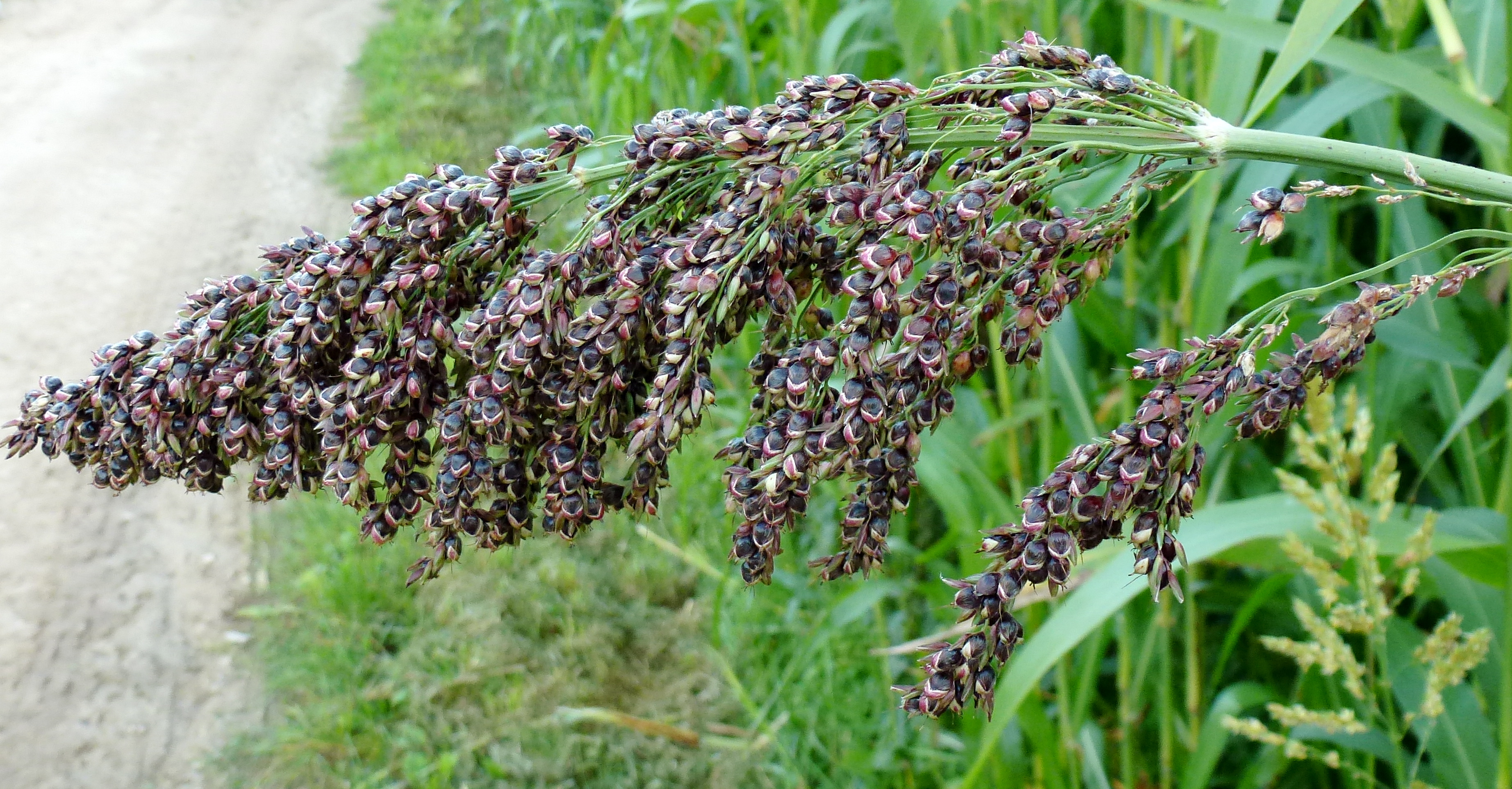Weeds
Grasses
Sedges
Broadleaf
Diseases
Fungal
Bacterial
Viral
Agro-ecology
Sorghum when rotated with cotton and soybean significantly reduces the
abundance of soil pests like wireworms and white grubs. It also reduces the presence of some cutworm species which have a limited host range, long life cycle, a limited ability to move from one field to another, and have only one generation a year. To manage sorghum insect pests, it is vital to select the proper sorghum
varieties. These varieties should be resistant to pests and diseases like compact
panicles, should mature early and uniformly, and should be adaptive to the local environment.
Incorporate organic manure, compost, or
crop wastes into the soil during land preparation to improve soil water holding capacity. This may be enough for low-yielding sorghum, but in places where organic materials are scarce, apply mineral fertilizers as supplement. The rates required depend on the ecological conditions and yield potential. However, fertilizer recommendations based on
soil analysis offer the very best chance of getting the right amount of fertilizer without over or under fertilizing. Ask for assistance from the local agriculturist office for
soil sampling and soil analysis
procedures.
External links
References
- CABI. (2001): Crop protection compendium. Global module, 3rd edition. CAB International Publishing. Wallingford, UK.
- PCCARD. (1977): The Philippines Recommends for Sorghum. PCCARD. Manila, Philippines
- Teetes, G.; Pendleton, B. (1999): Insect pests of sorghum. Department of Entomology. Texas A&M University.
- Youdeowei, A. (2002): Integrated pest management practices for the production of cereals and pulses. Integrated Pest Management Extension Guide 2; Series editors: A. Cudjoe and M. Braun; Ministry of Food and Agriculture, GTZ and CTA.

